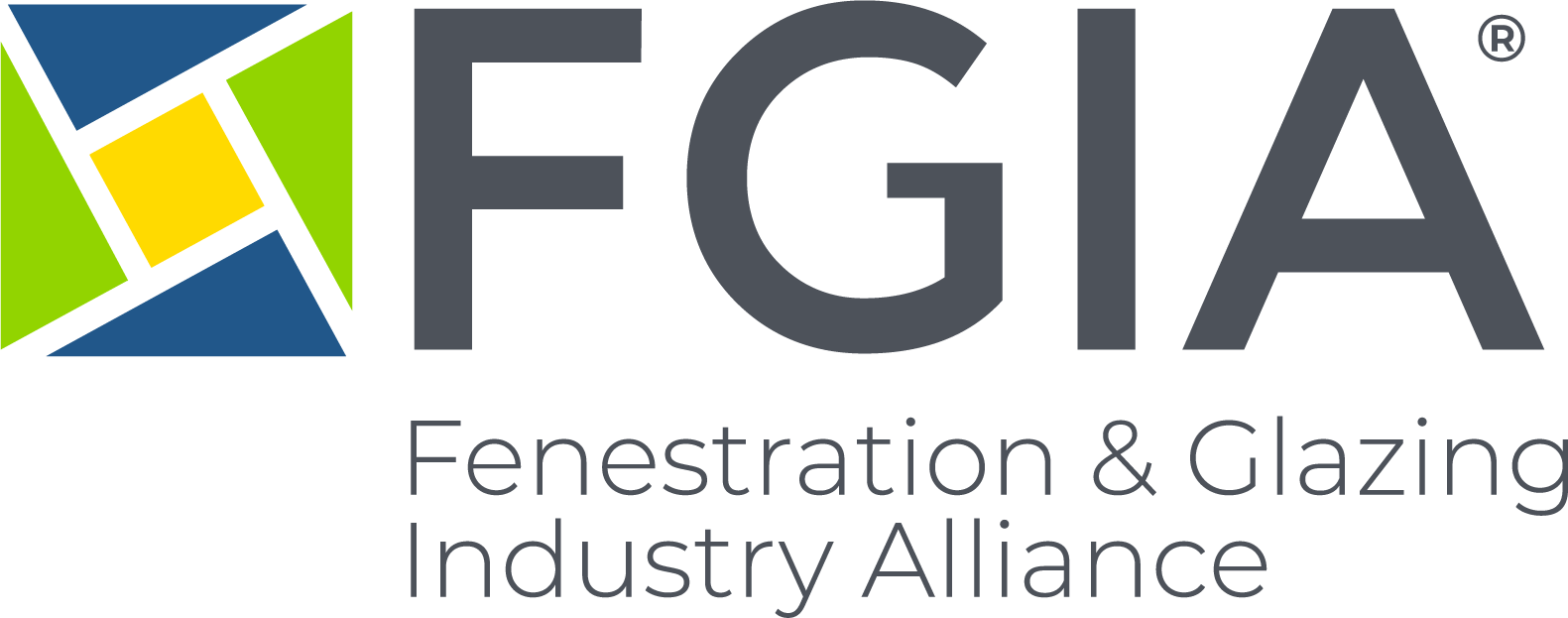Innovation Roundtable Shares Projects, Advice During FGIA Annual Conference

Representatives from three companies shared their experience in pioneering new ideas for the betterment of the industry at the Fenestration and Glazing Industry Alliance (FGIA) 2023 Annual Conference. Moderated by Ray Garries (Global Fenestration Advisors), the “Embracing Innovation in the Windows Industry” roundtable included Scott Corley (ODL), Walter Simon (Halio) and Neall Digert (Solatube).
“Today, we have invited companies to discuss the innovations they are doing in our industry,” said Garries. “Innovation is key to our success.” Garries pointed out that the pandemic stifled many aspects of the industry, whether it was ramping down, and then up, production or ongoing supply chain issues. “There has been a gap,” he said. “We need to innovate products and processes.”
Keys to Successful Innovation
Corley presented an innovation case study in the form of a retractable screen his company made that people and pets kept accidentally walking through and tearing apart. “We tried to solve it by printing lines on it, but it didn't show up well,” he said. The solution ended up being a variation of this original idea, resulting in simply adding two more tightly woven lines in the screens: One at the top to deter people and one at the bottom for pets. This example, Corley said, incorporated one of his biggest tenants of innovation: Solve the problems that bug customers most. “Innovation is a new way of doing things that brings value to something,” he said. “But benefits and features are not the same thing. A benefit brings something to the consumer. A feature differentiates a product from everyone else's.”
Corley, who has worked in the innovation spaces for several industries, suggested participants become more comfortable with failure, or at least with redefining it. “I have been doing this for a long time in a lot of industries. But I made LOTS of mistakes. If you don't try, you won't be successful. Don't be afraid to fail. It's not failure if you're learning something along the way,” he said. “You have to sort through a lot of ideas before you can find anything really cool. We even find things in adjacent industries and bring it into ours,” he said. To start, ask these three questions: Does anyone care about this? Should we do it? Can we do it? “Where these all converge, that's the sweet spot,” he said.
Innovations in Electrochromic Glass
Simon spoke about innovations his company has made in electrochromic glass (EC). “Innovating next generation glass with improved tech impacts products and costs savings for a sustainable future,” he said. Electrochromic glass changes tint levels, darkening or lightening glass as needed, allowing daylight in when needed. But its first iteration had issues, Simon said. “More innovation was needed for EC in order to see broader adoption,” he said. “The first generation of smart glass was discolored and had very slow tinting times, taking as long as 30 minutes to get to the right level.”
Simon said his company knew they needed to design something architects liked and that consumers could afford. “We asked questions and made a technology road map from concept to roll-out,” he said. Using this map, his company was able to slowly solve the big issues EC faced: Color, switching, speed and tint performance. He held up a sample of EC glass and noted, “This device can be laminated into any IGU with any coatings and any frame.” This success was after trying 50,000 different chemical compositions. “Now EC glass is beautiful and performs at a high level,” Simon said. Finally, Simon noted that, within the Inflation Reduction Act, there was a callout for EC glass. “Installations that include EC glass can collect a 30 to 50 percent tax credit on installation of the whole system, not just the glass,” he said.

Innovation in Daylight Illumination
Digert then discussed what his company did during the pandemic to innovate a popular product: their tubular daylighting device. “Light drives us psychologically, physiologically,” Digert said. “Daylight is the perfect light source. It provides meaningful variation. Think about the role of daylight, the resource, and daylighting, its application.” His company’s original device, which behaves like a light fixture, was designed 23 years ago, but was recently improved upon.
“We created next-generation optical diffuser technology,” said Digert. “We took lens technology and applied fresnel technology, winding up with a fixture that had 36 point sources. Each point could control where light goes.” Digert said architects loved it, but they also wanted something smaller and “a little more homogenous.” To accommodate, Digert’s company used time during the pandemic to tackle this innovation request. “Over COVID, we took these large macro lenses and micro-replicated them,” said Digert. “It allows us to control the pin spread and where light is going.” Plus, this change meant customers can now mix and match the types, using different lenses like narrow, wide or superwide. “You can provide ambient illumination or more,” Digert said. “Like different lenses, it can totally alter that space and how it is perceived.”

Moderator Garries noted the importance of advancing innovation as a core competency in the fenestration and glazing industry. “We are at a time of new breakthroughs in many systems and materials, and our ability to harness this creativity sets our future.”
For more information about FGIA and its activities, visit FGIAonline.org.
Your trusted industry resource, setting the standards for fenestration and glazing.





